Designing a small family kitchen can be challenging. With limited space and numerous appliances, storage needs, and countertop requirements, it’s important to plan the layout carefully. A well-planned kitchen can maximize functionality and efficiency while creating a beautiful and inviting space for the entire family to enjoy.
Small family kitchen design planning templates can be a valuable tool to help you with this process.
What is Small Family Kitchen Design Planning?
Small family kitchen design planning refers to the use of templates and worksheets that assist in visualizing and organizing a kitchen’s layout. These templates typically include sections for appliances, storage, countertops, and other important elements.
By using these templates, homeowners can experiment with different arrangements and configurations to find the most effective use of space.
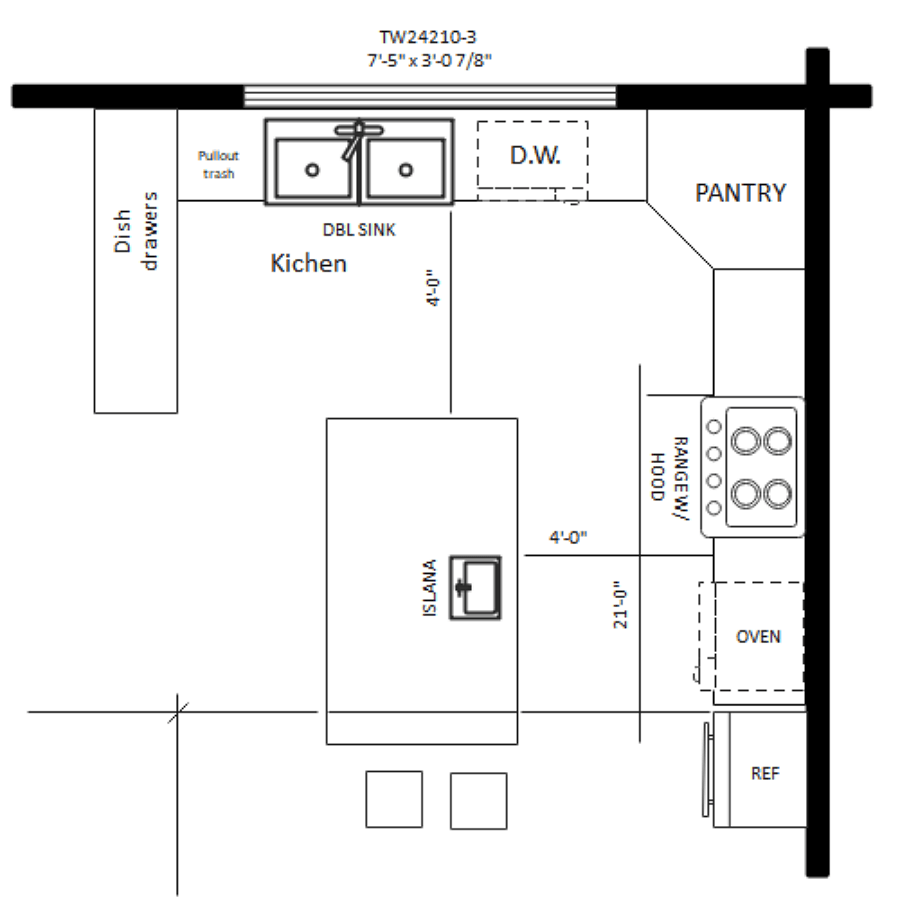
Why Use Small Family Kitchen Design Planning?
There are several reasons why using small family kitchen design planning templates can be beneficial:
- Visual Aid: Templates provide a visual representation of the kitchen layout, making it easier to understand how everything will fit together.
- Organization: Templates help homeowners organize their ideas and ensure that all necessary elements are considered.
- Efficiency: By planning the layout, homeowners can create a kitchen that maximizes efficiency and minimizes wasted space.
- Flexibility: Templates allow for easy experimentation and adjustment, enabling homeowners to try different layouts and configurations before making a final decision.
- Cost Savings: Planning the kitchen layout can help homeowners avoid costly mistakes and ensure that they make the most of their available budget.
How to Use Small Family Kitchen Design Planning Templates
Using small family kitchen design planning templates is a straightforward process. Here are the steps to follow:
- Gather Measurements: Measure the dimensions of your kitchen, including the length, width, and height of the space.
- Consider Appliances: Determine the appliances you want to include in your kitchen, such as a refrigerator, stove, dishwasher, and microwave.
- Decide on Storage: Consider your storage needs and decide on the type and amount of cabinetry, shelves, and drawers you require.
- Plan Countertops: Determine the amount of countertop space you need for food preparation, cooking, and other activities.
- Experiment with Layout: Use the small family kitchen design planning templates to experiment with different layouts, configurations, and placements of appliances, storage, and countertops.
- Refine Your Design: Take note of what works and what doesn’t in each layout, and refine your design accordingly.
- Create Your Final Plan: Once you have found the most efficient and functional layout, create a final plan that includes all the details and dimensions.
Examples of Small Family Kitchen Design Planning Templates
There are various small family kitchen design planning templates available online. Some templates provide a blank canvas for you to draw and sketch your ideas, while others offer pre-designed grids and shapes to represent appliances, storage, and countertops. Here are a few examples:
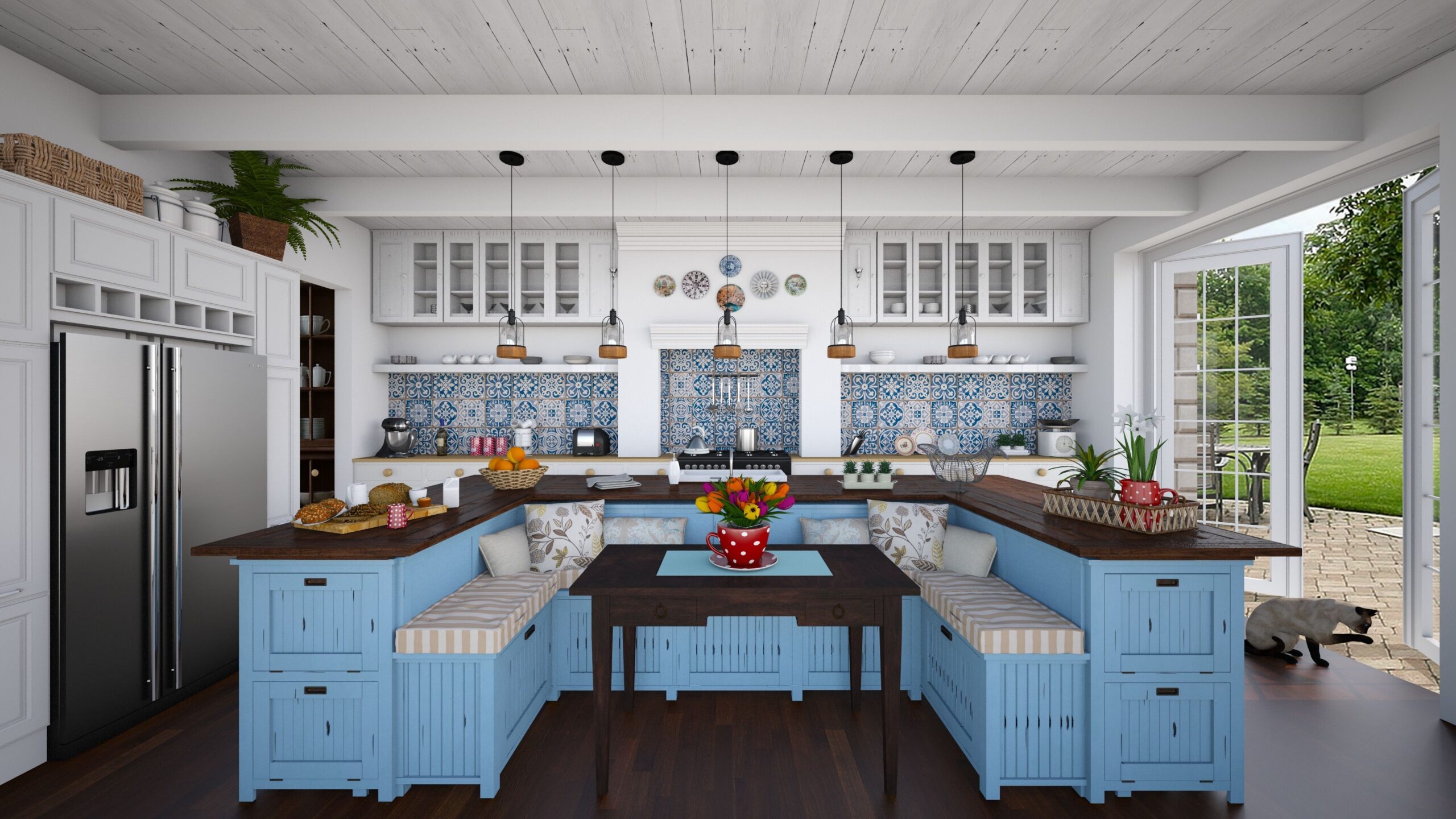
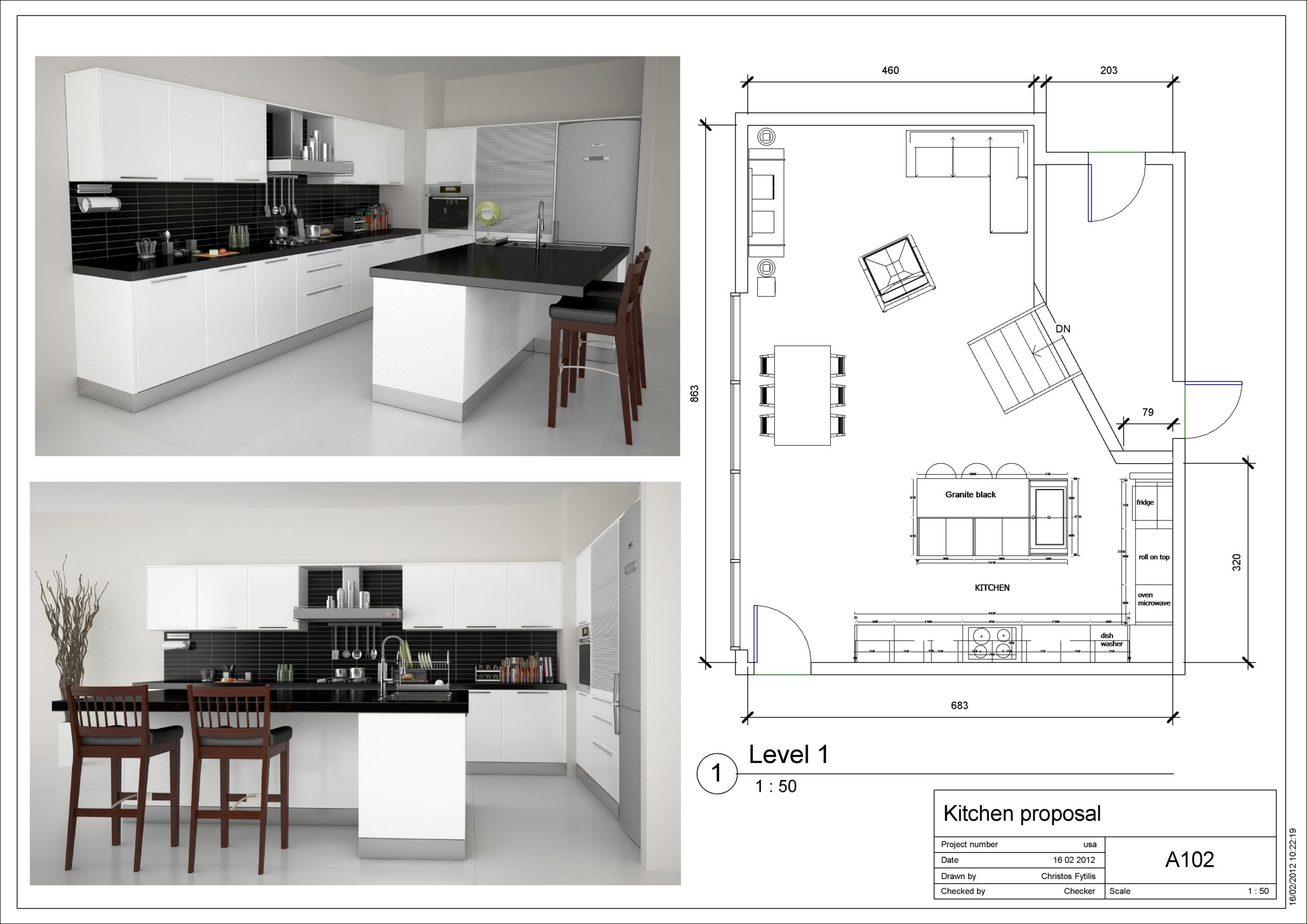
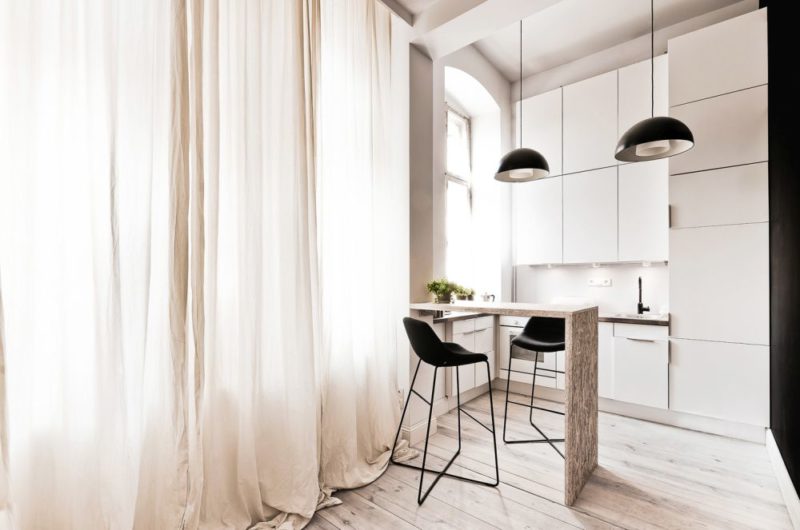
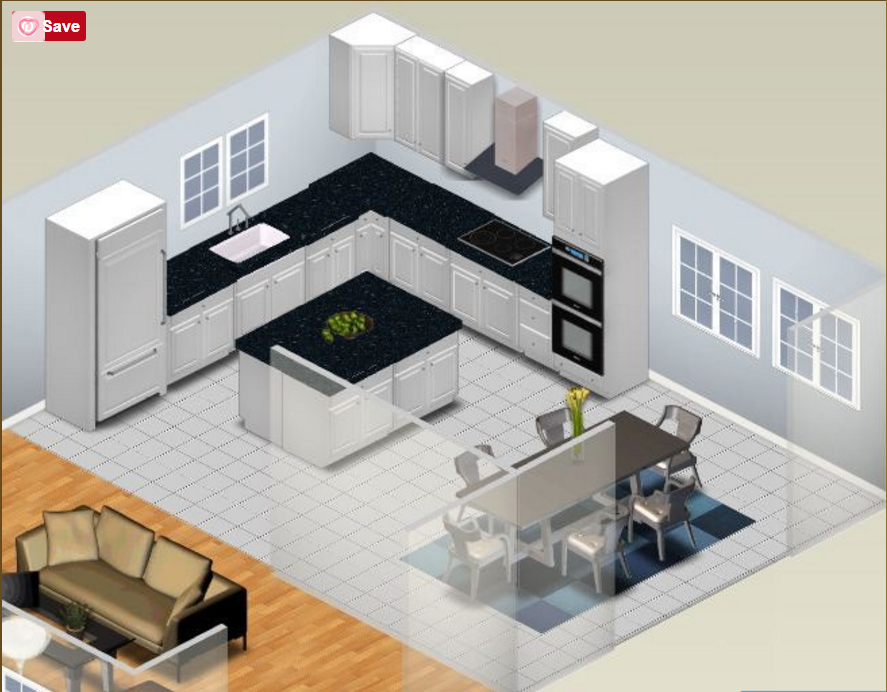
Tips for Successful Small Family Kitchen Design Planning
When using small family kitchen design planning templates, keep the following tips in mind:
- Consider Workflow: Arrange appliances, storage, and countertops in a way that creates an efficient workflow, with logical movement between different areas of the kitchen.
- Optimize Storage: Maximize storage space by utilizing vertical space, incorporating pull-out shelves and organizers, and considering the specific needs of your family.
- Balance Functionality and Aesthetics: Strive for a balance between functionality and aesthetics by choosing appliances and materials that are both practical and visually pleasing.
- Allow for Ample Counter Space: Ensure that you have enough countertop space for food preparation, cooking, and other tasks. Consider adding an island or extending the countertop along a wall if space permits.
- Consider Lighting: Plan for adequate lighting in your kitchen, including task lighting for food preparation areas and ambient lighting for general illumination.
- Think Long-Term: Consider your future needs when designing your kitchen. Will your family grow? Will your storage needs change? Plan for flexibility and adaptability.
- Consult Professionals: If you are unsure about any aspect of your kitchen design, consider consulting with a professional designer or contractor who can provide valuable insights and expertise.
Conclusion
Small family kitchen design planning templates are valuable tools that can help homeowners plan the layout of their kitchens effectively. By using these templates, homeowners can experiment with different arrangements and configurations, optimize functionality and efficiency, and create a kitchen that meets their family’s needs.
With careful planning and consideration, a small family kitchen can become a beautiful and functional space that brings joy and convenience to everyday life.
Small Family Kitchen Design Planning Template – Download